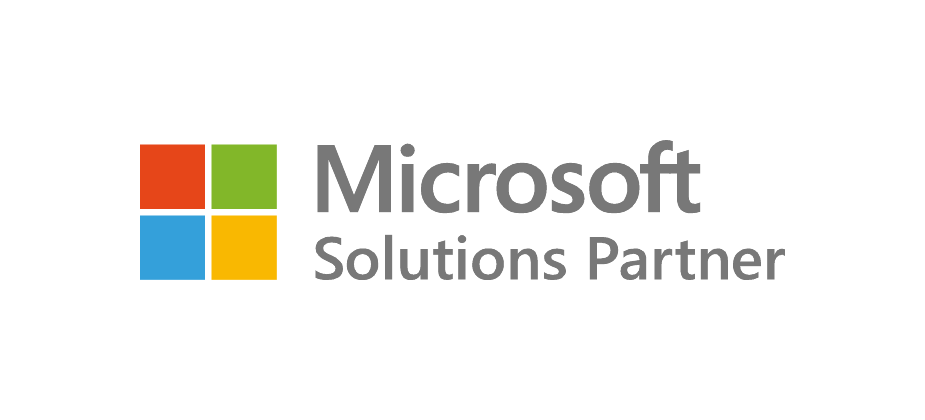Multi-Dimensional Universes and Accounting Software
Well perhaps we aren’t talking about multi-dimensional universes, but we are definitely delving into multiple dimensions in the general ledger. This is likely to be the most important feature when considering satisfaction with existing accounting software and instrumental when considering changing systems.
Dimensions are the Key to Reporting
So what are dimensions anyway? Dimensions provide a way of adding a tag or some additional information to transactions in your accounting system. In some accounting systems these are called tracking codes, or in others they are called job codes or categories. However, in most systems, each transaction can be tagged with a maximum of two dimensions. And that’s often just simply not enough.
Dimensions can be used for all sorts of things, such as:
- Locations
- Regions
- Cost centres
- Profit centres
- Territories
- Business units
- Teams
- Activities
And more systems allow for dimensions such as those above to be used across the whole Profit and Loss Statement or even against the full Chart of Accounts.
But wouldn’t it be cool if you could choose what areas of the Chart of Accounts different dimensions could apply to? For example, it might be really useful to dissect the trading area of the profit and loss (above the gross profit line) by product lines, or items of revenue that have associated direct costs, without having these dimensions available through the rest of the chart of accounts.
And what about if you could apply dimensions to a select group of accounts. For example, if you had a dimension that applied only to motor vehicle accounts, you could assign an asset number or registration number to accounts such as fixed assets and expense accounts like petrol, oil and repairs, insurance and motor vehicle repairs. This would enable reporting by vehicle. The same could be done for leased assets of many other types of equipment.
Dimensions enable ‘slice and dice’ reporting – the ability to drill into a particular dimension and truly understand profitable and unprofitable components of the business. They are the key to analytical reporting.
Types of Reports
Accounting systems generally produce three types of reports:
- Financial statements
- Management reports
- Real-time analytics
Dimensions enable reporting at each of these levels. Segment reporting within statutory financial reporting, management reporting by location, business unit or team and real-time analytics by asset or activity.
Challenges with Dimensions
But lots of dimensions means lots of detailed transactions. Accounting systems need to provide tools to assist with using all these dimensions, or you risk adding significant work to team members who are required to process transactions with lots of dimensions.
Accounting systems need to provide tools to alleviate these challenges, such as automatic allocations based on fixed amounts, percentages or dynamic amounts based on balances of other accounts. Standing journals, auto-reversing journals and the ability to easily import journals from spreadsheets also assist in reducing the burden of processing transactions broken up by multiple dimensions.
An accounting system that supports robotic process automation through automated workflows can also help alleviate some manual processing and enable more detailed transaction entry to support multi-dimensional data entry for detailed analytical reporting.
Actions
If this article prompted you to consider your accounting software and reporting framework, then perhaps there might be an opportunity to transform your financial reporting and accelerate your decision-marking.



